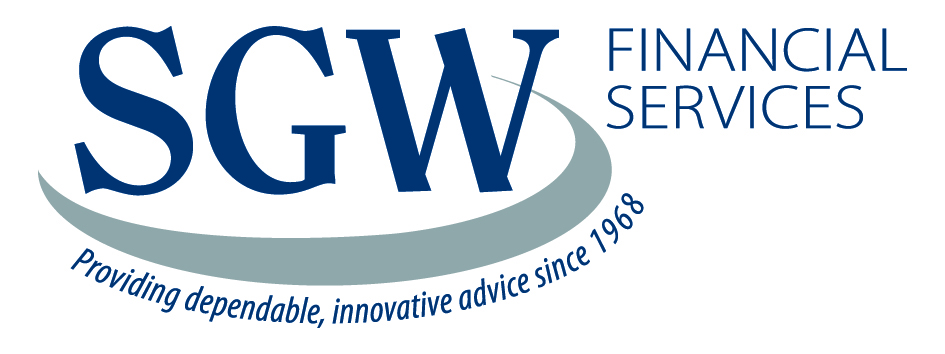Here, our head of retirement investments and senior portfolio manager, Darren Beesley, shares an overview of how retirement investments were impacted during 2020.
What effects has the pandemic had on dividends from Australian equities, and what does this mean for portfolios which rely on these income streams?
The effect on dividend yields has come about from both sides – obviously as corporate cash flows have dried up, dividends have fallen, but also as the market has rallied over the course of the year prices have outstripped dividends, so the yield relative to capital invested has fallen significantly. The market’s estimate of the ASX 200’s dividend yield is now just 3.2%; over the last 10 years it has been on average 4.6%1.
The fall in dividend yield raises a question for many investors of whether to draw down their capital to maintain their income, which will become an increasing concern in a broader context where cash and bond rates also remain at record lows. Drawing capital introduces additional risks that involves a lot of careful planning and trade-offs to allow for a comfortable income without running out of capital.
What other options are available to investors seeking sustainable sources of income?
The equity market on the surface appears expensive, given the number of risks that remain in a world battling a pandemic, yet the post-COVID recovery has been concentrated in only a few sectors such as online retail and information technology – those sectors identified as the ‘winners’ of COVID-19 and outperforming the market throughout the year. However, now as we move on to the roll-out of a vaccine and the return to some kind of normality, there are several cheap sectors that present good value for income, such as US banks, transport infrastructure, and emerging markets.
There is reasonable income remaining in infrastructure at the moment, which has become an attractive replacement not just for dividends but also for fixed income as a risk-controlled element in a balanced portfolio. Attributes like government concessions and barriers to entry provide a high degree of income security to quality infrastructure assets, and the spread between infrastructure and bond yields has widened as central banks have slashed and held interest rates at the lowest levels on record.

What were the greatest dangers to retirement portfolios in 2020?
The term on everyone’s mind at times like this is sequencing risk, and it was a danger to investors in their early years of retirement through 2020. The portfolios of recent retirees are typically larger than at any other point in their investment lifetime, and so proportional losses are greater in monetary terms than for most other investors. Those who aren’t accumulating and who are without protected income may have had to dip into their capital, selling at the bottom and never giving their investments time to recover.
Protection against this kind of capital erosion calls for greater diversification, guarantees and a more defensive portfolio. But the key to risk management is that you need these things in place before the fact. Once a market downturn is underway, altering the composition of a portfolio can carry more risk than sequencing, and this year we saw that happen in March after the large falls had already happened. With many people stressed and locked at home, feeling like it might be the end of the world, the temptation was too great for some, who may make changes to their allocations and whose super balances missed out on the recovery in markets which has seen global equities rise by 63% from their 23 March 2020 low point2.
What were the most effective defensive plays in 2020?
A brief opportunity existed very early in the year when COVID-19 was first spreading for investors to reduce risk in their portfolios. The scale of the pandemic might not have been apparent, but there were signs that the market was overbought in January, and retirees could have taken that in tandem with the risk associated with the novel coronavirus and decided to re-allocate to take some of that risk off the table. The danger is that while this may have been warranted in this case, we believe investors generally shouldn’t be trying to make changes to their overall allocation too much every year – there is the propensity to get too defensive and if you jump at shadows in response to every potentially adverse event it will be to the long-term detriment of your portfolio.
But ultimately one of the best defensive plays for the year has proven to be growth stocks, and in particular high-quality tech stocks, and managers whose strategy aligned with the continuation of this decade-long trend have been rewarded. On a year-to-date basis, “growth” stocks with high earnings growth, but also high valuations, have outperformed “value” stocks with cheaper valuations by 33.5%3.
What lessons from previous experience (e.g. in the GFC) served investors well through 2020, and what was genuinely unprecedented about the experience?
What stands out immediately this year was that there was no second dip. Historically there’s a sell-off, a recovery and then a second dip. A lot of investors were positioned for it and when it didn’t happen they were caught off guard.
The other point to note is that the continuing gulf between value and growth stocks, which is incredibly wide by historical comparison, raises a question about how we price large US tech stocks going forward. Market expectations have been well and truly exceeded, and the assumptions underlying the old pricing models are being tested. In a new world where technology provides access to virtually every person on earth, platforms enable infinite scalability, and the barriers to compete become increasingly prohibitive, prior methods of measuring value might no longer be adequate and I think 2020 could prove to be a pivotal year in determining that.
Please contact us on 02 6947 2866 if you seek further assistance on this topic.
1Bloomberg as at 9/12/2020
2MSCI World Index Total Return (AUD Hedged) as at 9/12/2020
3The MSCI World Growth Index is up 29.1% YTD, the MSCI World Value Index is down 4.4%. Source: Bloomberg as at 9/12/2020
Source : AMP Capital January 2021
Reproduced with the permission of the AMP Capital. This article was originally published at https://www.ampcapital.com/au/en/insights-hub/articles/2021/january/2020-in-review-one-on-one-with-our-head-of-retirement-investments-and-senior-portfolio-manager-for-retirement-investments
While every care has been taken in the preparation of this article, AMP Capital Investors Limited (ABN 59 001 777 591, AFSL 232497) and AMP Capital Funds Management Limited (ABN 15 159 557 721, AFSL 426455) (AMP Capital) makes no representations or warranties as to the accuracy or completeness of any statement in it including, without limitation, any forecasts. Past performance is not a reliable indicator of future performance. This article has been prepared for the purpose of providing general information, without taking account of any particular investor’s objectives, financial situation or needs. An investor should, before making any investment decisions, consider the appropriateness of the information in this article, and seek professional advice, having regard to the investor’s objectives, financial situation and needs. This article is solely for the use of the party to whom it is provided and must not be provided to any other person or entity without the express written consent of AMP Capital.
This article is not intended for distribution or use in any jurisdiction where it would be contrary to applicable laws, regulations or directives and does not constitute a recommendation, offer, solicitation or invitation to invest.
